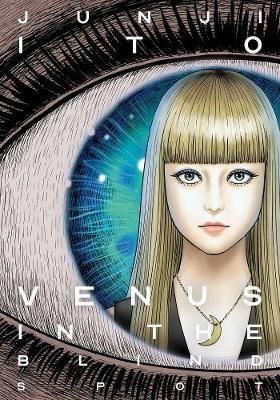

Thirty miles up (about 50 kilometers), temperatures range from 86 to 158 Fahrenheit (30 to 70 Celsius), a range that, even at its higher-end, could accommodate Earthly life, such as “extremophile” microbes. It’s the only planet named after a female god. Venus, the third brightest object after the Sun and Moon, was named after the Roman goddess of love and beauty. They named the objects after their most important gods. The ancient Romans could easily see seven bright objects in the sky: the Sun, the Moon, and the five brightest planets (Mercury, Venus, Mars, Jupiter, and Saturn). Temperature, air pressure, and chemistry are much more congenial up high, in those thick, yellow clouds. And while it might sound absurd, we can’t rule out life on Venus entirely. By studying why our neighbor world went in such a different direction with regard to habitability, we could find out what could make other worlds right. The ingredients are all there, or at least, they used to be. Asked if the surface of Venus is likely to be life-bearing today, we can give a quick answer: a hard “no.”įurther, Venus may hold lessons about what it takes for life to get its start – on Earth, in our solar system, or across the galaxy. The present-day surface of volcanic rock is blasted by high temperatures and pressures. A runaway greenhouse effect turned all surface water into vapor, which then leaked slowly into space. It might once have been a habitable ocean world, like Earth, but that was at least a billion years ago.

In some ways it is more an opposite of Earth than a twin: Venus spins backward, has a day longer than its year, and lacks any semblance of seasons. The atmosphere is so thick that, from the surface, the Sun is just a smear of light.

Our nearest planetary neighbor, the second planet from the Sun, has a surface hot enough to melt lead. But pull up a bit closer, and Venus turns hellish. If you want to get : Venus in the Blind Spotīook Descriptions: This striking collection presents the most remarkable short works of Junji Ito’s career, featuring an adaptation of Rampo Edogawa’s classic horror story “The Human Chair” and fan favorite “The Enigma of Amigara Fault.” With a deluxe presentation-including special color pages, and showcasing illustrations from his acclaimed long-form manga No Longer Human-each chilling tale invites readers to revel in a world of terror.It's a cloud-swaddled planet named for a love goddess, often called Earth’s twin.


 0 kommentar(er)
0 kommentar(er)
